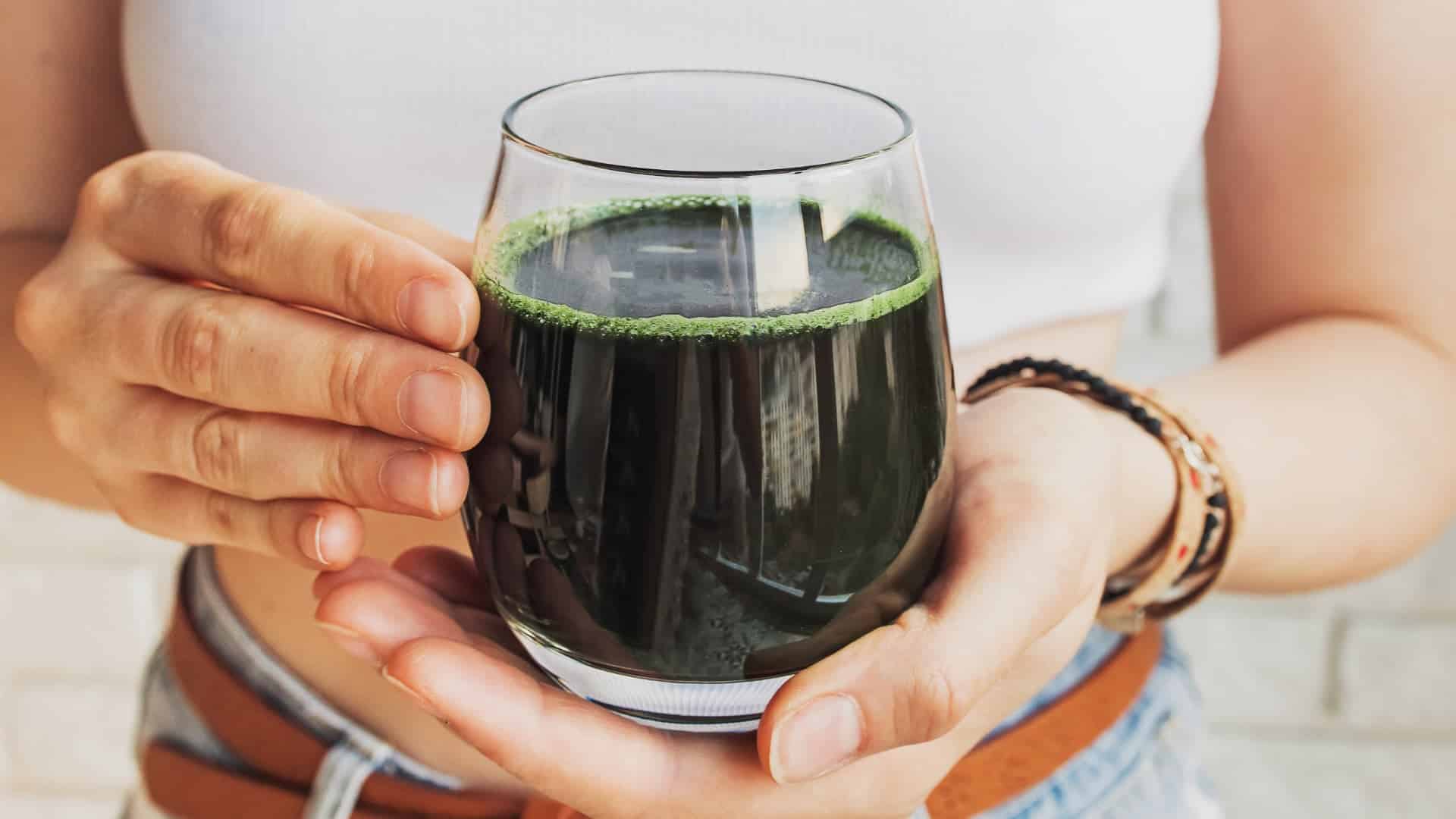Soaking Nuts and Grains

I recently started soaking nuts, as I hadn’t realized how beneficial it could be. Now, I can enjoy them without worrying about stomach discomfort. I hope this guide will be helpful to you as well.
Nuts and grains are natural treasures packed with beneficial unsaturated fatty acids, vitamins, fiber, and minerals. Nature designed these foods to endure extreme conditions through natural defense mechanisms, such as enzyme inhibitors and toxic substances.
You may have noticed that consuming nuts, grains, or seeds sometimes leads to feelings of heaviness, stomach cramps, or bloating.
To address this, it’s important to ACTIVATE them before consumption. Soaking makes these foods easier for our bodies to process and enhances the availability of their nutrients.
Nuts, grains, and seeds contain enzyme inhibitors, phytic acid, and tannins, which can interfere with nutrient absorption. Phytic acid, in particular, binds to minerals like calcium, magnesium, iron, copper, and zinc, preventing their absorption.
Reasons for Soaking Nuts and Grains:
- Neutralize phytic acid, tannins, and enzyme inhibitors
- Enhance the production of beneficial enzymes
- Boost the vitamin content, especially B vitamins
- Improve protein digestibility and assimilation
- Prevent mineral deficiencies and support bone health
- Aid in neutralizing toxins in the digestive tract and preventing health issues
Soaking Times:
- Nuts and Hard Seeds: Soak for 7 to 12 hours; harder nuts like almonds, Brazil nuts, hazelnuts, walnuts, and macadamia nuts benefit from a 12 to 24-hour soak. Cashews can be soaked overnight.
- Seeds: Pumpkin and sunflower seeds need only 4 to 6 hours.
After soaking, to retain their crispiness, spread the nuts on a baking sheet lined with parchment paper and dry them at a very low temperature (up to 60°C), stirring occasionally. This process takes several hours but helps preserve the beneficial unsaturated fatty acids and enhances the nuts’ bioactivity, making them easier to digest.
Ensure the nuts are completely dried to prevent molding. Taste the nuts during the drying process—if they are crispy, they are ready!
Nuts should be soaked in salted water because salt activates the enzymes, which helps break down anti-nutrients. Conversely, legumes and grains should be soaked in a slightly acidic solution (vinegar or lemon juice) due to their different anti-nutrient profiles.
Choosing the Right Products
Conventional (chemically) grown nuts may contain various contaminants, including pesticides, fungicides, GMOs, and impurities from packaging. Nuts are high in fats and can absorb these chemicals. Cashews, pistachios, and peanuts are known for higher pesticide levels. Peanuts, especially, may have increased exposure to pesticides and mold. Therefore, opting for organic nuts is preferable.
Most grains are also grown with pesticides, and while many of these chemicals do not end up on your plate, special care should be taken with rice, which often grows in standing water and may contain high levels of inorganic arsenic.
Soaking Instructions for Nuts and Grains

- Dissolve 0.5 – 1 teaspoon of salt in a glass of water. Pour this solution over the nuts in a glass bowl or jar. Warm water is recommended to help neutralize inhibitors.
- Soak the nuts for 7 to 12 hours.
- After soaking, drain the water and rinse the nuts with clean water.
- If the recipe allows, you can use the nuts immediately, incorporate them into vegan cheeses and cakes, or store them in the refrigerator for a few days. For longer storage, it’s best to dry them.
- If using a dehydrator, that’s ideal. If not, use the lowest possible oven temperature (up to 60°C) and dry the nuts, stirring every few hours. The oven doesn’t need to be constantly on, but it should remain warm.
- Result: crispy and healthy nuts! Store them in the refrigerator or freezer.
- If you notice that the nuts have started to sprout slightly after soaking, that’s a good sign—they are alive and active!
For grains, add lemon or apple cider vinegar to the water (or soak in plain water). The smaller the grain, the shorter the soaking time. Ensure the rinsed water is clear and transparent, not white or brownish.
You can contact us, if you have any questions.






